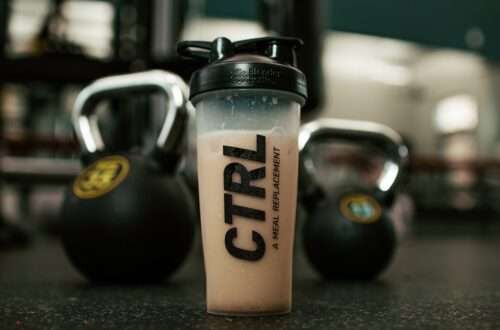
7 BASIC COMPONENTS OF PHYSICAL FITNESS | GLOW REGIME
7 BASIC COMPONENTS OF PHYSICAL FITNESS | GLOW REGIME
1. FLEXIBILITY:
Its the ability to move the body more easily and smoothly during various actions. such as bending, twisting and stretching. Flexibility varies widely from person to person, minimum ranges are necessary for maintaining joint and total body health. Muscular elasticity and length, joint structure and nervous system are the three components of flexibility. It improves mobility, muscle coordination, reduce the risk of injuries and muscle soreness. Ease of action and capacity to reach various positions without injury is the measure of flexibility.
TEST FOR FLEXIBILITY :
Stand with your feet together and bend down slowly to touch toes and floor without bending your knees. Do not bounce. It is known as” Adams forward bending test” and used to examine scoliosis.
2. COORDINATION:
- Volition (Act of making a choice or decision)
- Perception (A result of perceiving observation)
- Engram (A physical or biochemical change in nervous tissue that represents a memory). Coordination training helps to improve both physical and mental health .
TEST FOR COORDINATION:
Stand about 6 feet from a flat wall. Using one hand toss a tennis ball against the wall. Catch the ball with other hand and quickly toss it back. Repeat this action speedily in successions. Keep the count on number of catch.
3. EQUILIBRIUM:
It is the ability of an individual to control their center of gravity within the limit of Base of Support. (Area beneath an object ). Balance training mainly focus on strengthening your muscles that help keep you upright ,including your legs and core . Poor balance control can can lead to risk of falling and negatively affects the performance of day to day activities. Equilibrium can be divided into two types ;
- Dynamic Equilibrium: The ability to move outside the body’s base of support while maintaining posture control.
- Static Equilibrium: The ability to maintain the body’s center of mass within the base of support.
TEST FOR EQUILIBRIUM :
Stand on your toes. Stretch your hands above you, shoulder touching the ears and try to stay in this position as long as you can. To make progress , you can also stand using one leg. As more longer you stand ,more balance you are.
4. SPEED:
TEST FOR SPEED:
Run for 100 meters and record it.
5. AGILITY:
It is the quickness of the reaction with fast and sure moments. Sheppard and Young defined agility as a “Rapid whole body movement with change of direction or velocity in response to stimulus.” Factors influencing agility are Physical demands, cognitive functioning and technical skills. Fast foot shuffles and dodging are examples of being agile.
TEST FOR AGILITY:
Use a skipping rope, and perform rope jumps by proper technique. Keep a count on number of times you can skip without tripping in one minute.
6. STRENGTH:
Strength training also known as resistance training is the ability to use muscle power to lift, pull or push. Strength training is an anaerobic exercise. Resistance training can be practiced through various means such as using free weights, weight machine, resistance bands and your own body weight. Benefits of strength training include enhancement of both physical and mental health. Strength can be tested by static or dynamic methods.
TEST FOR STRENGTH :
1 Repetition Maximum (RM) is often considered as the ‘Gold Standard ‘ for assessing strength capacity in individuals . It is defined as the maximal weight an individual can lift for only one repetition with correct technique.
First the participant is allowed to lift minimum of 6 – 10 repetitions ( approx. 50 % of predicted 1 RM ) . After 1 – 5 minutes of rest , the participant must lift 3 – repetitions ( approx. 80 % of predicted 1 RM ) . Again rest for a minute and participant achieves 1 RM by increasing the load.
Exercise such as Bench press , Squads , Dead lift are used in this test. Measure of Maximal strength = total weight lifted ( eg. 100 kg dead lift).
7. ENDURANCE:
It is the prime component of physical fitness. It is the ability of the body to with stand stress for prolonged period of time, longer the time stronger the endurance. Endurance mainly depends on physiological factors such as, Aerobic capacity, Efficiency of energy system, Lactose threshold, Muscle strength and power. Specific endurance is the ability to stand against fatigue in sport specific conditions. General endurance is the ability of whole body to tolerate endurance exercise and diminish fatigue. Endurance training lead to adaptations in both the cardiovascular and musculoskeletal system.
TEST FOR ENDURANCE :
Muscular endurance can be tested through various compound exercises. The measurement is based upon number of repetitions performed. Exercise such as Pushups, Pullups, squads and plank hold are practiced in this test.
————————————–GLOW REGIME————————————













